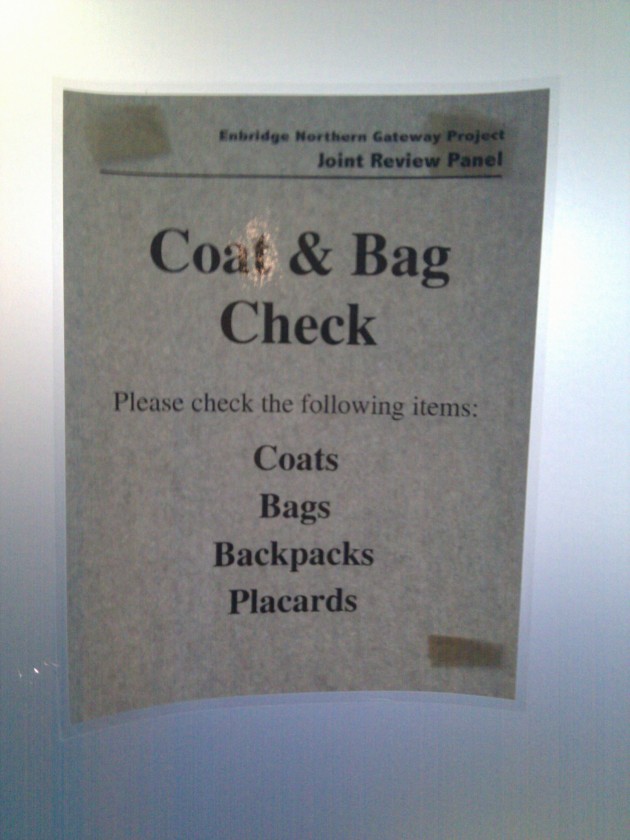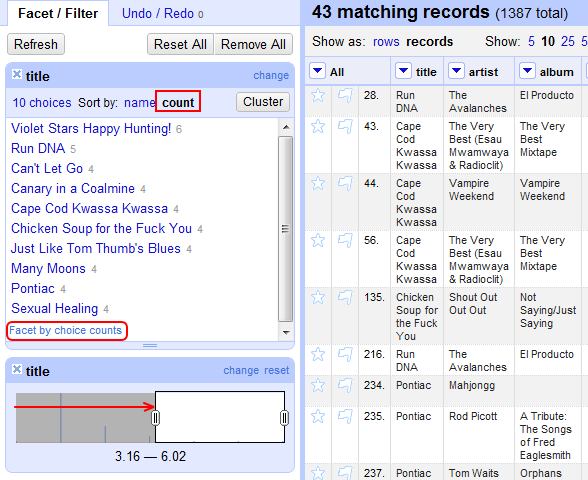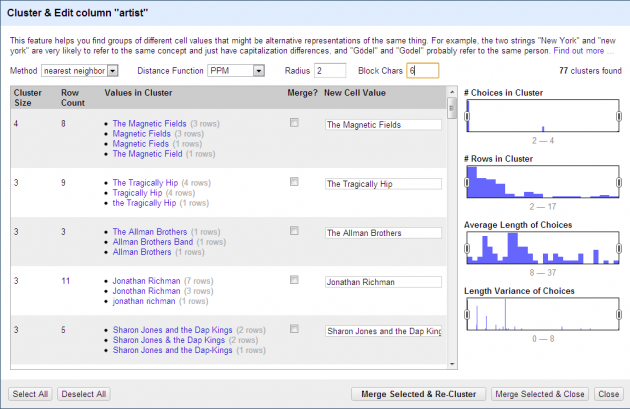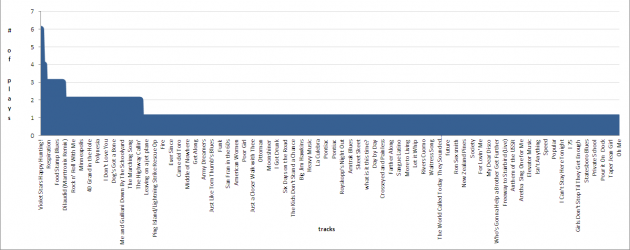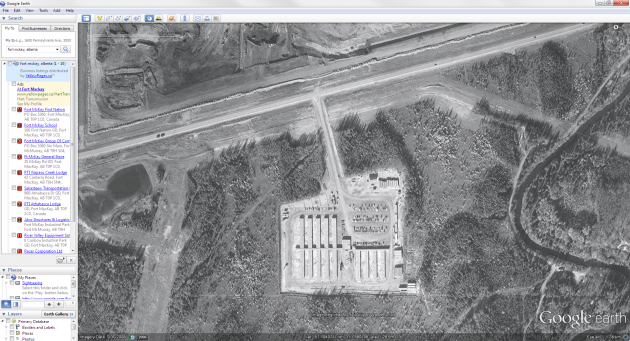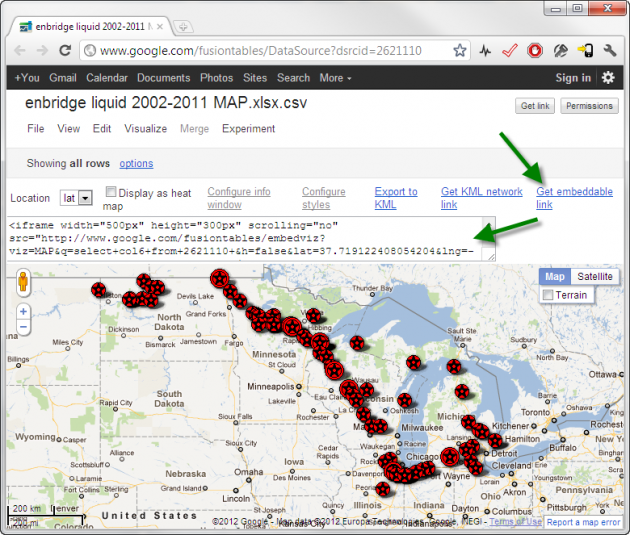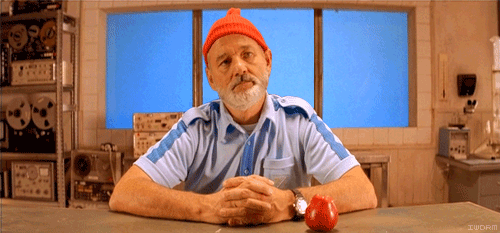Some changes around here
It’s beginning to look like I don’t blog anymore. In recognition of that, I’ve moved the blog off the front page of hughstimson.org, and reverted the front page to something close to its 2004-era look.
I’ve also removed the link to the photos page. It was a nice photos page, but it’s been busted ever since I switched to using nginx to serve the site. (Apparently there is a way to make zenphoto work with nginx, but it hasn’t been working for me.)
I also removed the link to the projects page. It was an OK projects page, but really for the last few years this has been my projects page. And now I don’t work there either, so really my projects page is this.
Next up will be a few tweaks to get this here blog layout responsive, and then I can leave things dipped in amber for a few more years.
But don’t worry, I’m still microblogging.
